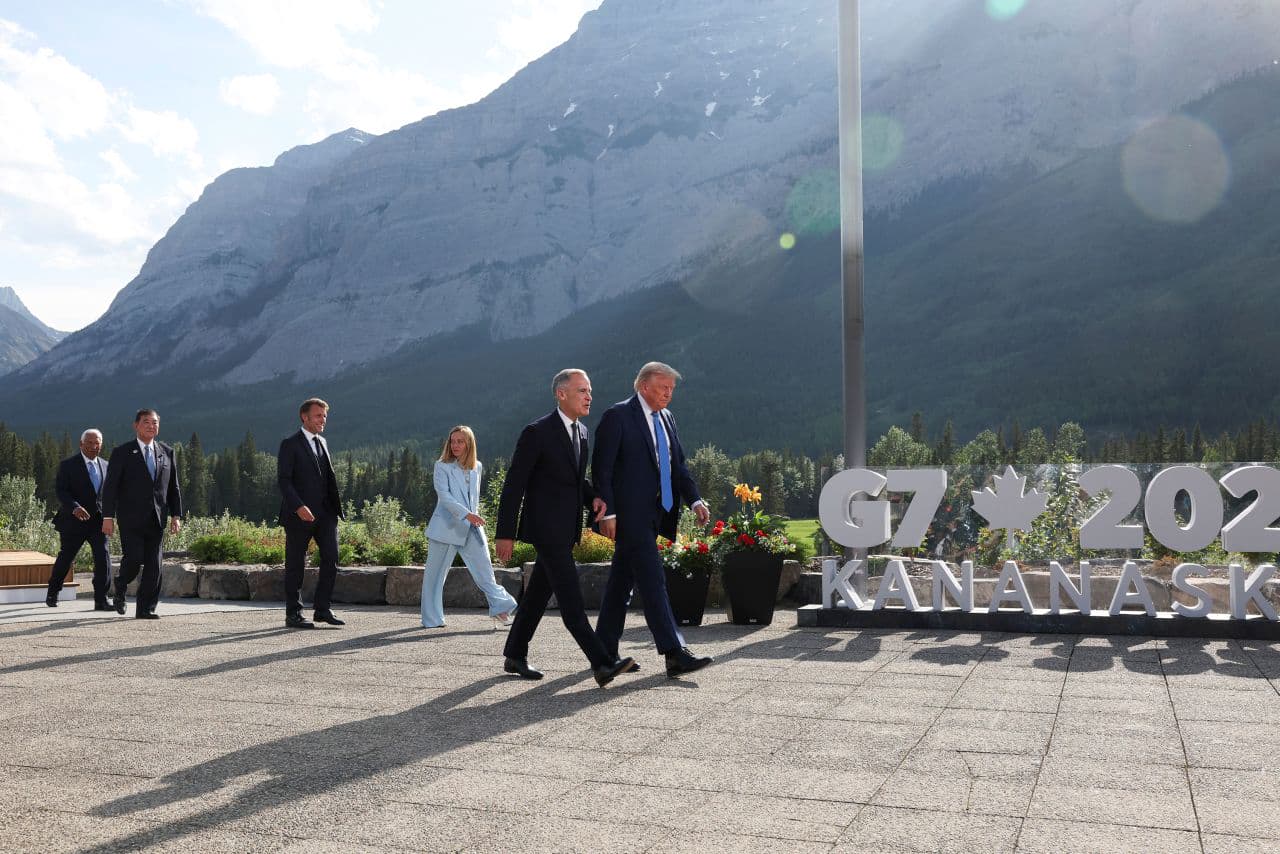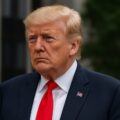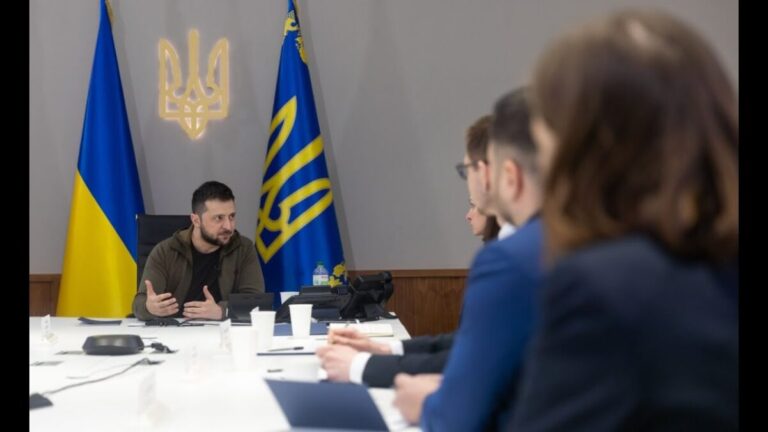
G7 Without the U.S.: What Trump’s Departure Means for Ukraine
It all seemed to follow the script: alpine air in Alberta, pristine conference halls, rising news headlines featuring the leaders of the world’s most powerful democracies. The 2025 G7 Summit promised to tackle major global issues—Ukraine, new sanctions, global security, and economic stability. But this time, something happened that sharply split expectations into “before” and “after.”
U.S. President Donald Trump—everyone anticipated his presence and influence—departed the summit a full day early, without prior warning, without a shared communique, without the customary gesture of unity.
And this gesture—or rather, its absence—spoke louder than any statement ever could.
What Is G7 and Why It Matters
The G7 isn’t just a forum for global leaders. It’s a powerful platform where major global issues are addressed collectively. Members include Canada, France, Germany, Italy, Japan, the UK, the U.S., and the EU. Each year, they meet to align policies on war, climate change, sanctions, energy crises, and supporting the Global South.
This year’s summit took place June 16–17, 2025, in Kananaskis, Alberta. Expected agenda items included:
- The future of Ukraine;
- Sanctions targeting Russia and Iran;
- Middle East tensions;
- Global energy markets;
- Support for developing countries.
Ukrainian President Volodymyr Zelenskyy was invited and expected to help shape a joint statement supporting long-term backing for Ukraine. But things didn’t go as planned.
Trump’s Early Exit — A Signal of Diplomatic Shift
Trump left after the first day, citing a need to address “a crisis in the Middle East.” In reality, he skipped the second day’s key discussions, including:
- Sanctions against Russia;
- Long-term support for Ukraine;
- A bilateral meeting with the Australian prime minister;
- The G7 meeting with President Zelenskyy.
What does this mean?
This wasn’t just a procedural absence. It was a statement on the U.S. pivot in diplomacy. Back in May, Trump had already publicly rejected further sanctions on Russia, suggested Zelenskyy was a weak negotiator, and said meaningful talks could only occur bilaterally with Putin.
The statement was clear: multilateralism isn’t interesting anymore when personal diplomacy with Russia is on the table.
Macron vs. Trump: A Diplomatic Divide
French President Emmanuel Macron criticized Trump’s decision as shirking responsibility. In a media interview, Macron called it “walking away from a vital discussion on global security.”
Trump shot back, calling Macron a “showboat bully,” dismissing any obligation to join joint communiques. He insisted he was pursuing his own private “more effective” negotiations.
This public spat laid bare a deep division: The cohesion of the West can no longer be assumed—even within the G7.
Ukraine: Still Center Stage, Even Without the U.S.
On June 17, while global headlines focused on Trump, President Zelenskyy remained fully engaged. He held bilateral meetings with:
- Canada’s Prime Minister, who announced $2 billion in military and humanitarian aid:
“After the missile strikes on Kyiv, Kharkiv, and others, we cannot stand aside. This is a shared fight for principles,” he declared. - The UK’s Prime Minister, who confirmed participation in crafting a “coalition of the willing”—nations ready to support Ukraine irrespective of U.S. involvement.
These announcements followed a nighttime missile attack on Kyiv that killed at least 16 civilians—strengthening the resolve Europe showed that day.
Revelant
G6 Rather Than G7: Unity Amid Absence
Without Trump, six members (Canada, France, Germany, Italy, Japan, UK) finalized a joint communique that:
- Reaffirmed sanctions on Russia;
- Condemned Iran’s escalation;
- Supported Ukraine’s conditions for peace;
- Emphasized civilian protection in conflict zones.
Without the U.S.—this signaled a shift in global architecture. G6 is emerging as its own caucus.
Why This Matters
For Ukraine:
This was a shot of reassurance that European support is solid—yet uncertainty remains if the U.S. continues to drift away from multilateralism.
For the world:
The G7 is no longer a monolithic bloc; cohesion requires active maintenance amid diverging agendas.
For Trump:
He made his stance clear: he prefers one-on-one diplomacy with Putin over working within alliances. That may herald future back-channel deals.
The Canada Summit wasn’t just about Ukraine; it was a litmus test of Western unity. It showed the world moves forward in unison only when it chooses to—and sometimes some players step off the stage entirely.
For Ukraine, it’s a call to deepen relationships with those willing to stand firm—and to prepare for a world where global support may come in fragments.
While some walk away without goodbyes, others stay—and for them, the seats they occupy carry real consequences.















